Home>Gardening & Outdoor>Landscaping Ideas>Is It Safe To Cut Grass When Wet
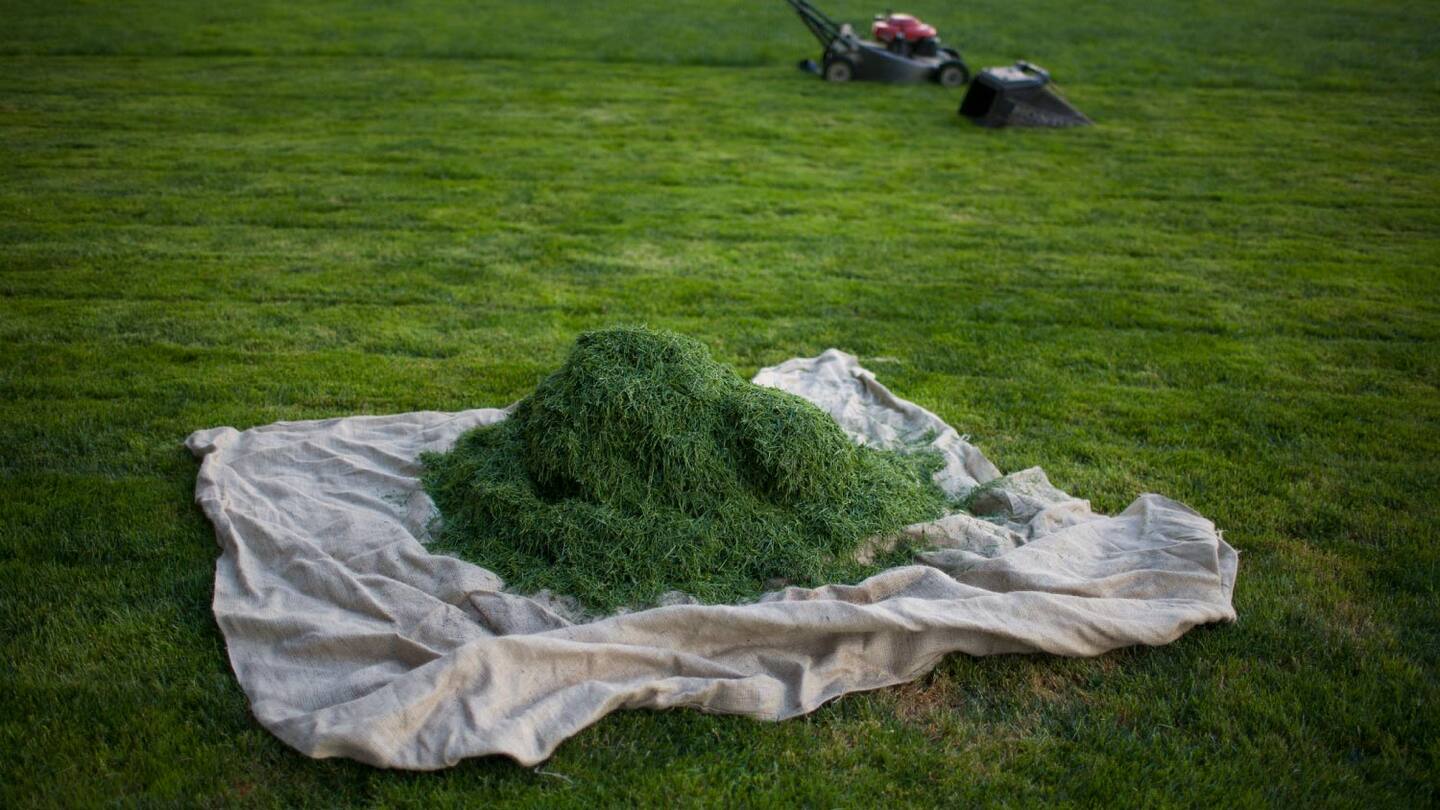

Landscaping Ideas
Is It Safe To Cut Grass When Wet
Modified: February 18, 2024
Learn the best landscaping ideas for cutting grass when wet. Discover safety tips and techniques for maintaining your lawn in any weather condition.
(Many of the links in this article redirect to a specific reviewed product. Your purchase of these products through affiliate links helps to generate commission for Storables.com, at no extra cost. Learn more)
Introduction
Cutting the grass is a quintessential part of maintaining a lush and inviting lawn. However, the decision to mow when the grass is wet can be a topic of debate among homeowners and landscaping enthusiasts. While the allure of a freshly trimmed lawn is undeniable, it's crucial to consider the potential risks and implications of mowing wet grass. In this article, we will delve into the various aspects of this contentious issue, exploring the risks involved, potential damage to equipment, and essential tips for safely cutting wet grass. By the end, you'll have a comprehensive understanding of the considerations involved in this common lawn care dilemma.
Key Takeaways:
- Mowing wet grass can be risky, causing uneven cutting, equipment damage, and safety hazards. Wait for dry conditions or follow safety tips to minimize risks and maintain a healthy lawn.
- Wet grass can lead to slips, equipment corrosion, and lawn damage. Choose the right equipment, adjust mowing height, and consider alternatives to safely navigate the challenges of mowing in damp conditions.
Read more: Can You Fertilize When Grass Is Wet
Risks of Cutting Wet Grass
Mowing wet grass poses a range of risks that can impact both the health of your lawn and your personal safety. It's important to be aware of these potential hazards before deciding to tackle the task of mowing in damp conditions.
-
Increased Slip and Fall Hazards: Wet grass can create a slippery surface, increasing the risk of slips and falls while operating a lawn mower. This can be particularly dangerous on sloped or uneven terrain, posing a threat to the operator and others in the vicinity.
-
Uneven Cutting: Wet grass tends to clump together, leading to uneven cutting. This can result in an unsightly lawn appearance and may necessitate additional passes with the mower to achieve a uniform cut.
-
Potential for Lawn Damage: Mowing wet grass can cause the individual grass blades to bend and clump, leading to an uneven cut and potential damage to the grass. This can create an entry point for diseases and pests, compromising the overall health of the lawn.
-
Clogging of Mower Deck: Wet grass clippings have a higher tendency to clump and adhere to the mower deck, leading to clogging. This can impede the mower's functionality and necessitate frequent stops to clear the deck, prolonging the mowing process.
-
Soil Compaction: Operating heavy mowing equipment on wet soil can lead to soil compaction, which can hinder the grass roots' access to air and water, ultimately impacting the lawn's health and growth.
-
Increased Risk of Electric Shock: For individuals using electric mowers, mowing wet grass can pose an increased risk of electric shock. The combination of moisture and electrical equipment requires extra caution to prevent potential hazards.
Understanding these risks is crucial for making an informed decision when faced with the choice of mowing wet grass. While the allure of a neatly trimmed lawn may be tempting, it's essential to weigh the potential consequences and take the necessary precautions to mitigate these risks.
Potential Damage to Equipment
Mowing wet grass not only poses risks to the health of your lawn but also presents potential hazards to your mowing equipment. It's essential to recognize the implications of subjecting your equipment to damp conditions and understand the potential damage that may occur.
-
Corrosion: Exposure to moisture can accelerate the corrosion of metal components on your mower, including the cutting blades, deck, and other metallic parts. This can lead to premature wear and deterioration, ultimately impacting the performance and longevity of the equipment.
-
Clumping and Clogging: Wet grass clippings have a higher tendency to clump together and adhere to the mower's deck and discharge chute. This can lead to clogging, obstructing the normal flow of grass clippings and impeding the mower's functionality. The accumulation of wet clippings can also create a breeding ground for rust and corrosion, further compromising the equipment's integrity.
-
Engine Strain: Mowing wet grass places additional strain on the mower's engine and mechanical components. The damp grass can create resistance, requiring the engine to work harder to maintain the desired cutting performance. This increased workload can lead to overheating and premature wear on the engine, potentially resulting in costly repairs or reduced operational lifespan.
-
Belt and Pulley Damage: The moisture from wet grass can negatively impact the mower's belts and pulleys, causing them to deteriorate more rapidly than under normal dry conditions. This can lead to reduced belt tension, slippage, and potential breakage, necessitating replacements and maintenance to ensure the mower's continued functionality.
-
Electrical System Vulnerability: For electric mowers, the exposure to moisture while mowing wet grass can pose a significant risk to the electrical system. Water infiltration can lead to short circuits, electrical malfunctions, and potential safety hazards. This underscores the importance of safeguarding electric mowers from wet conditions to prevent damage and ensure user safety.
Understanding the potential damage to your mowing equipment is crucial for making informed decisions regarding when to mow your lawn. By recognizing the risks involved and taking proactive measures to protect your equipment, you can prolong its lifespan and maintain optimal performance, ultimately saving time and resources in the long run.
It is not safe to cut grass when it is wet because the wet grass can clog the lawnmower and make it harder to maneuver. It can also lead to an uneven cut and damage the grass. Wait for the grass to dry before cutting.
Tips for Cutting Wet Grass Safely
When faced with the necessity of mowing wet grass, it's essential to approach the task with caution and implement specific strategies to ensure both the safety of the operator and the well-being of the lawn. By adhering to these tips, you can mitigate the potential risks associated with mowing wet grass and maintain a healthy, vibrant lawn.
-
Choose the Right Mowing Equipment: Opt for a mower with sharp blades and a powerful engine to effectively handle wet grass. Consider using a mulching mower to finely chop the clippings, aiding in their decomposition and reducing the risk of clumping.
-
Adjust Mowing Height: Raise the cutting height of the mower to avoid scalping the wet grass. Taller grass blades can help minimize the impact of clumping and uneven cutting, promoting a healthier lawn appearance.
-
Wait for the Right Conditions: If possible, wait for the grass to dry before mowing. Early morning dew or light rain can often dry up quickly, providing a window of opportunity to mow without the complications of excessively wet grass.
-
Clear the Lawn: Remove any debris, fallen leaves, or obstacles from the lawn before mowing. Wet grass can conceal hidden objects, posing a risk of damage to the mower or potential hazards during operation.
-
Mow at a Slower Pace: Reduce the mowing speed to allow the mower to effectively process the wet grass without overexerting the engine. This can help prevent clogging and ensure a more even cut.
-
Avoid Mowing on Slopes: Wet grass on sloped areas can significantly increase the risk of slips and falls. If possible, avoid mowing these areas until the grass is dry to ensure safe and stable operation.
-
Clean the Mower After Use: Thoroughly clean the mower after mowing wet grass to remove any accumulated clippings and moisture. This can help prevent corrosion and deterioration of the equipment over time.
-
Consider Alternatives: In cases of persistent wet conditions, consider alternatives to mowing, such as using a string trimmer to maintain the lawn's appearance without the risks associated with mowing wet grass.
By implementing these tips, you can navigate the challenges of mowing wet grass while minimizing the associated risks. Prioritizing safety, equipment maintenance, and the overall health of your lawn will ultimately contribute to a more enjoyable and sustainable lawn care routine.
Conclusion
In conclusion, the decision to mow wet grass involves careful consideration of the potential risks and implications for both the lawn and the mowing equipment. While the allure of a neatly trimmed lawn is undeniable, it's essential to weigh the associated hazards and take proactive measures to ensure safe and effective mowing practices.
Understanding the risks of cutting wet grass, including increased slip and fall hazards, potential lawn damage, and equipment-related implications, is crucial for making informed decisions. By recognizing these risks, homeowners and landscaping enthusiasts can approach the task of mowing wet grass with a heightened awareness of the potential challenges and take the necessary precautions to mitigate them.
Furthermore, the potential damage to mowing equipment, including corrosion, clumping, engine strain, and electrical system vulnerability, underscores the importance of safeguarding equipment from the adverse effects of wet conditions. By acknowledging these implications, individuals can prioritize equipment maintenance and implement strategies to protect their mowers from the detrimental impact of mowing wet grass.
The tips for cutting wet grass safely provide actionable guidance for navigating the challenges associated with mowing in damp conditions. From choosing the right mowing equipment to adjusting the mowing height and considering alternatives, these tips empower individuals to approach the task with caution and implement strategies to minimize the associated risks.
Ultimately, the decision to mow wet grass should be approached with a balanced perspective, considering the prevailing weather conditions, the specific needs of the lawn, and the capacity of the mowing equipment to handle damp grass effectively. By prioritizing safety, equipment maintenance, and the overall health of the lawn, individuals can make informed decisions and ensure a sustainable approach to lawn care.
In essence, while mowing wet grass can present challenges and potential hazards, it is possible to navigate these obstacles by leveraging the insights and tips provided in this article. By doing so, individuals can maintain a vibrant and healthy lawn while safeguarding their equipment and ensuring a safe and enjoyable mowing experience.
Frequently Asked Questions about Is It Safe To Cut Grass When Wet
Was this page helpful?
At Storables.com, we guarantee accurate and reliable information. Our content, validated by Expert Board Contributors, is crafted following stringent Editorial Policies. We're committed to providing you with well-researched, expert-backed insights for all your informational needs.
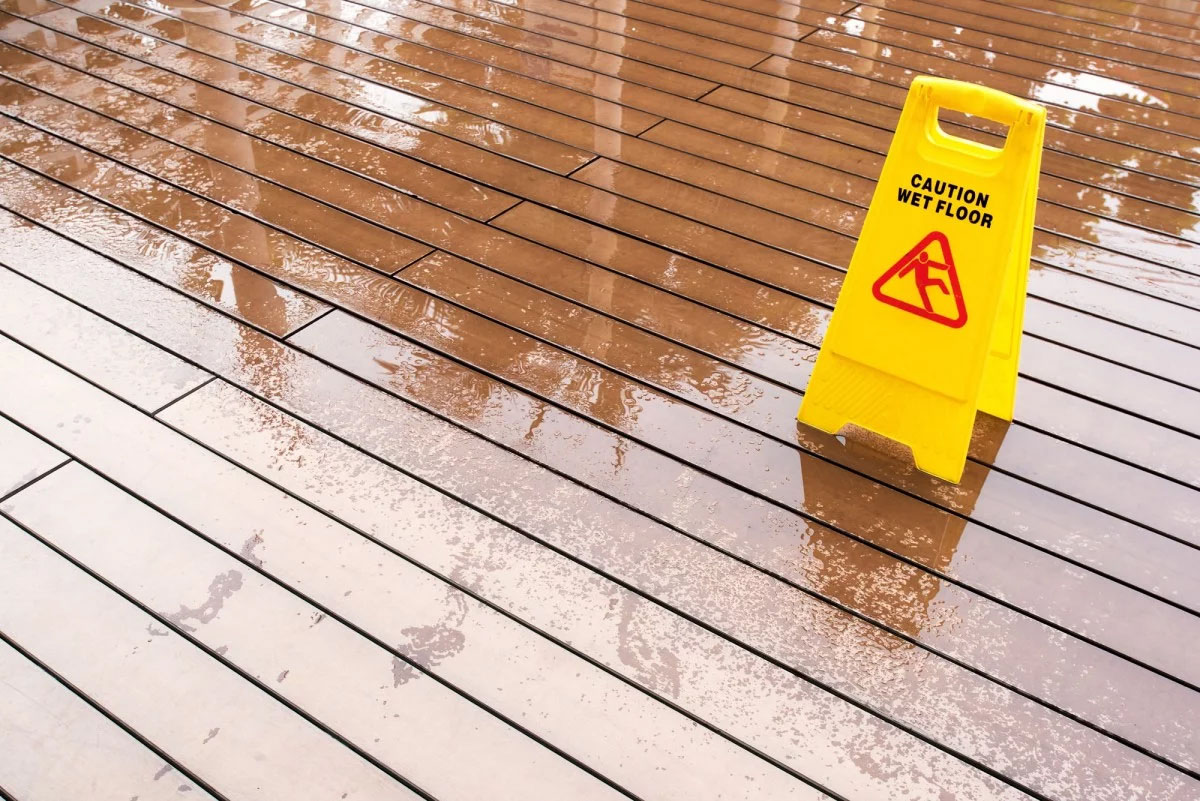
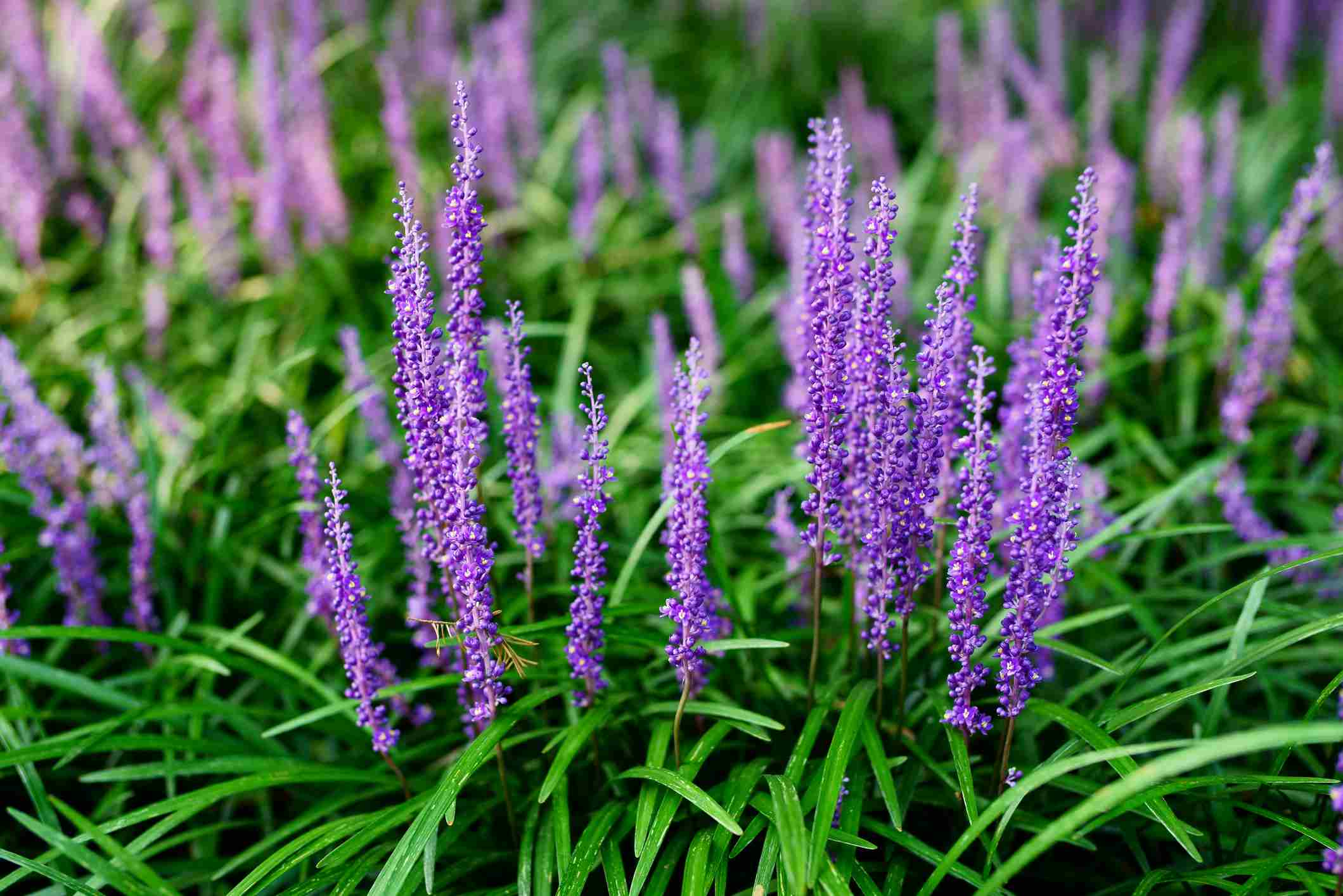

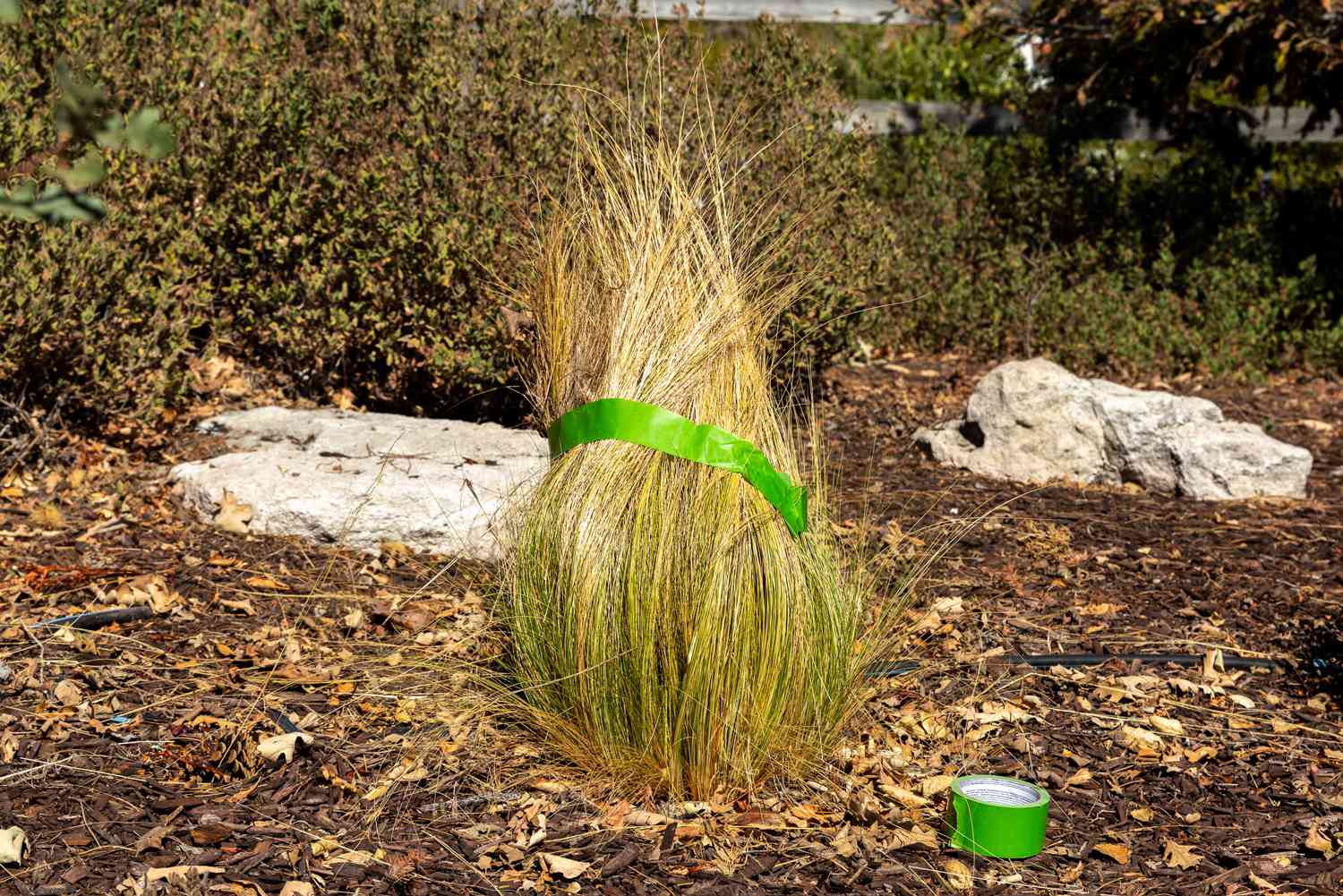
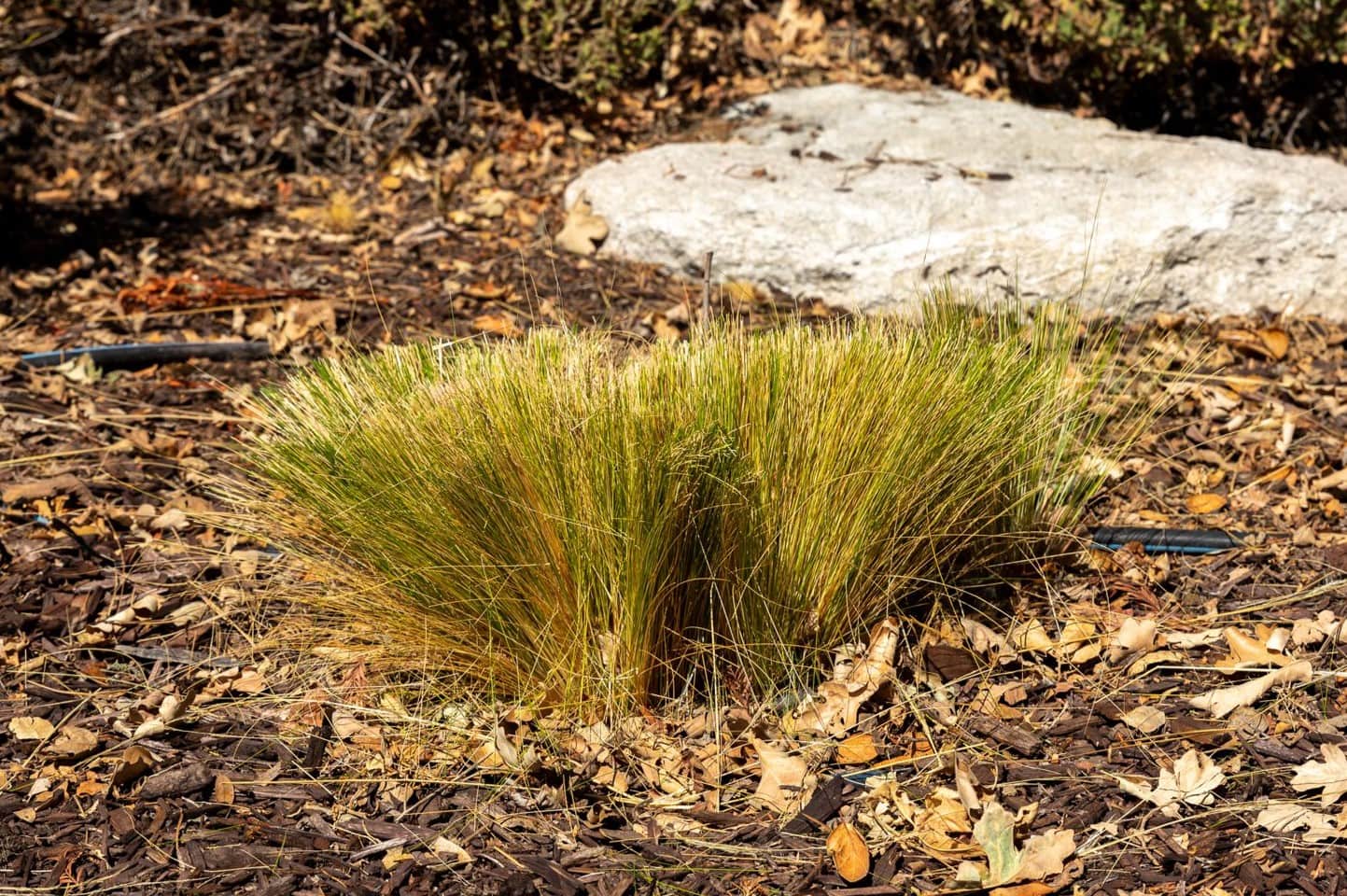

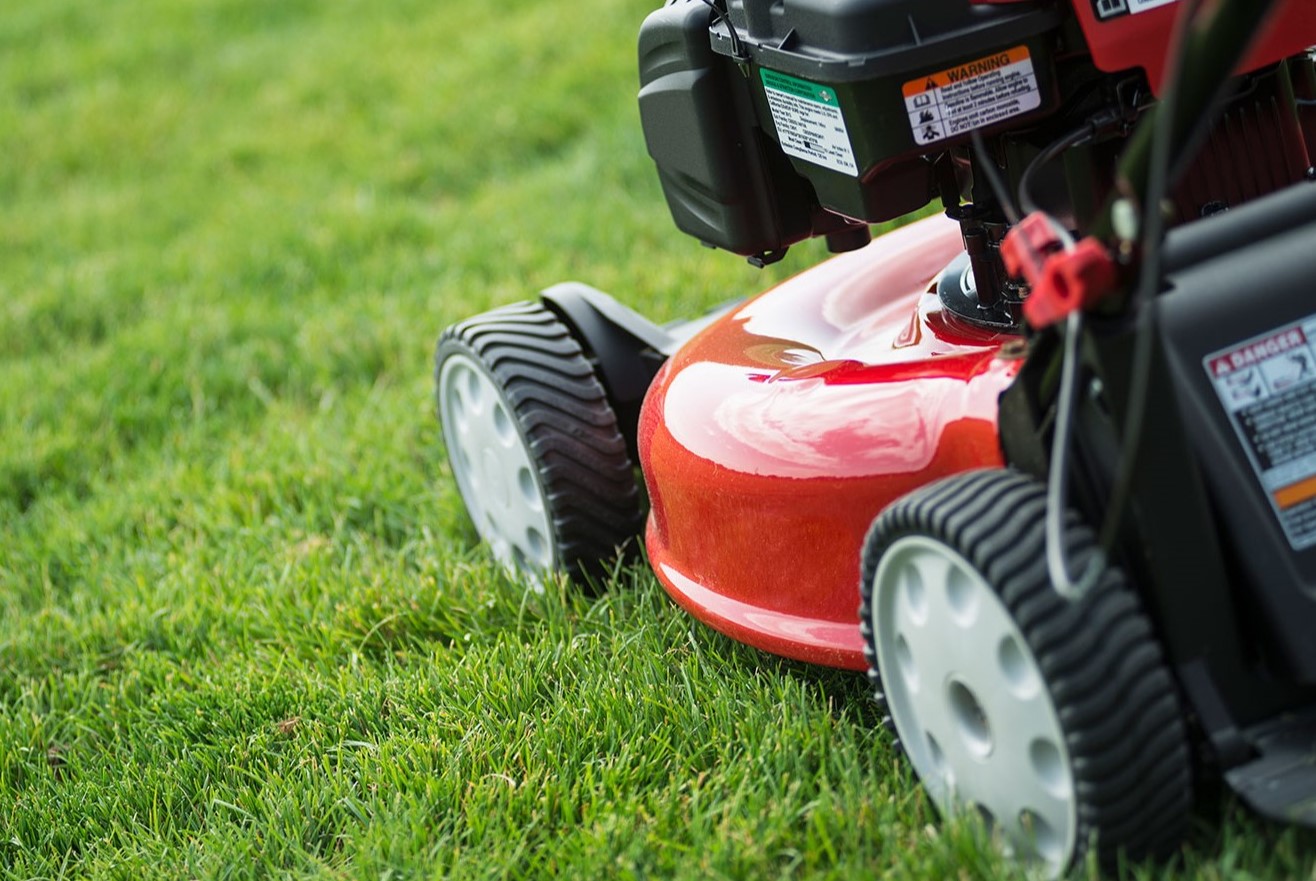
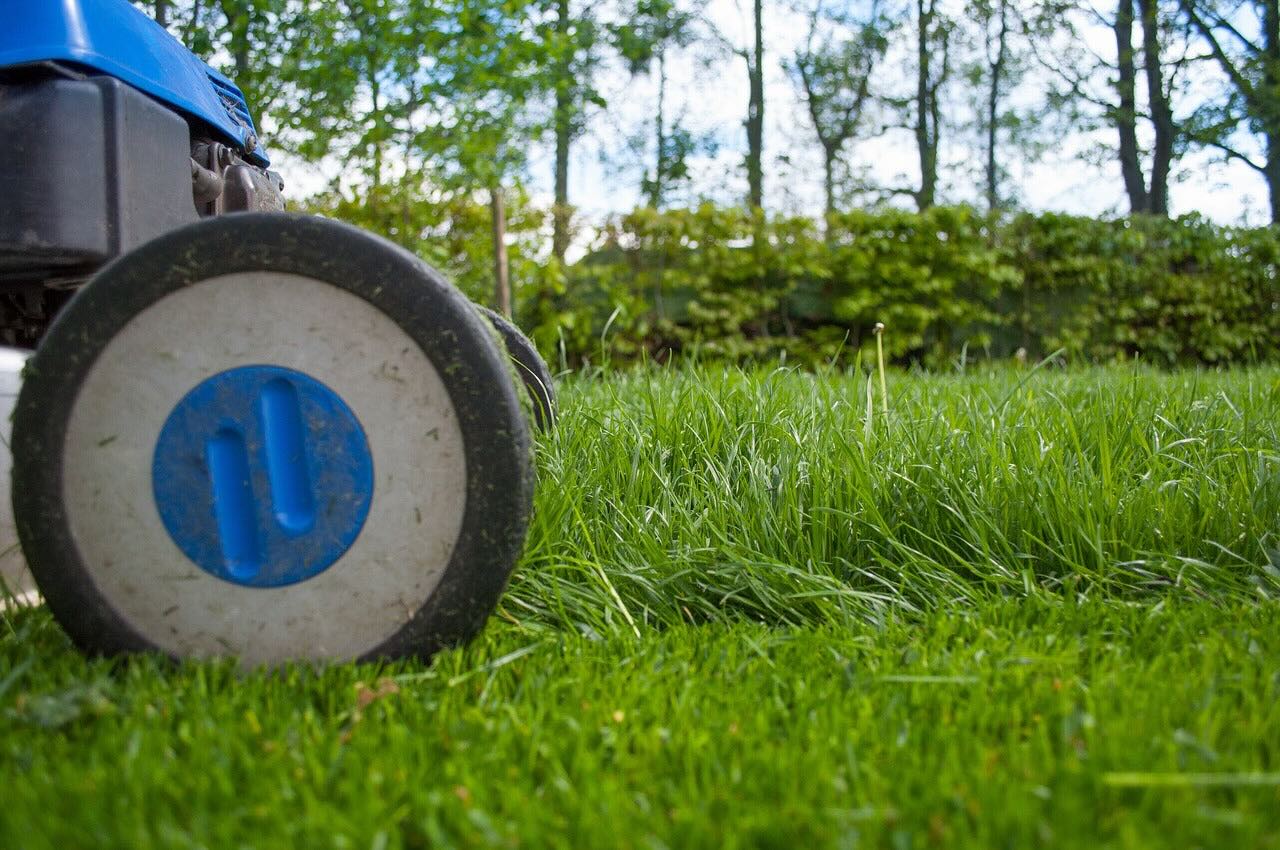
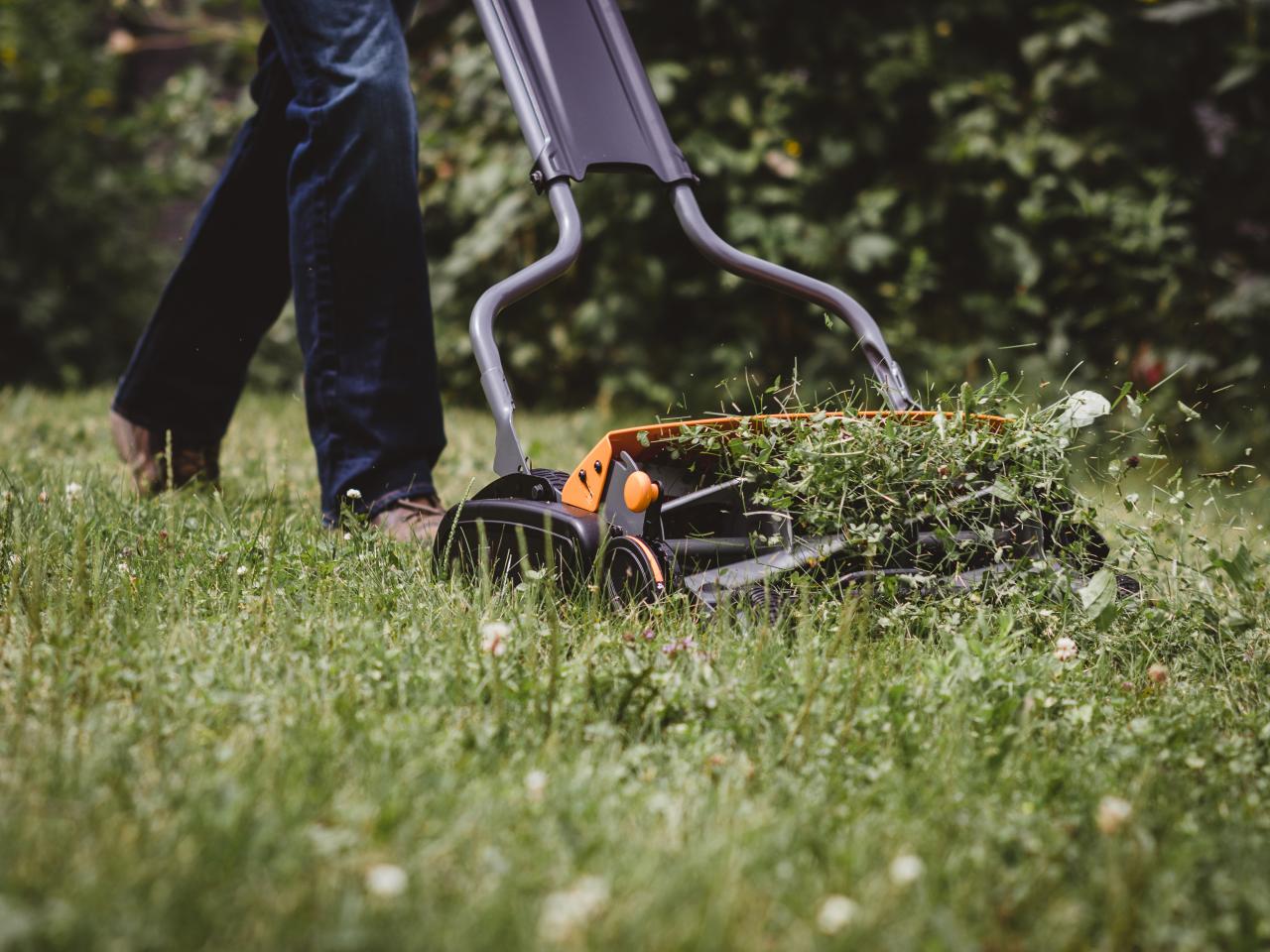
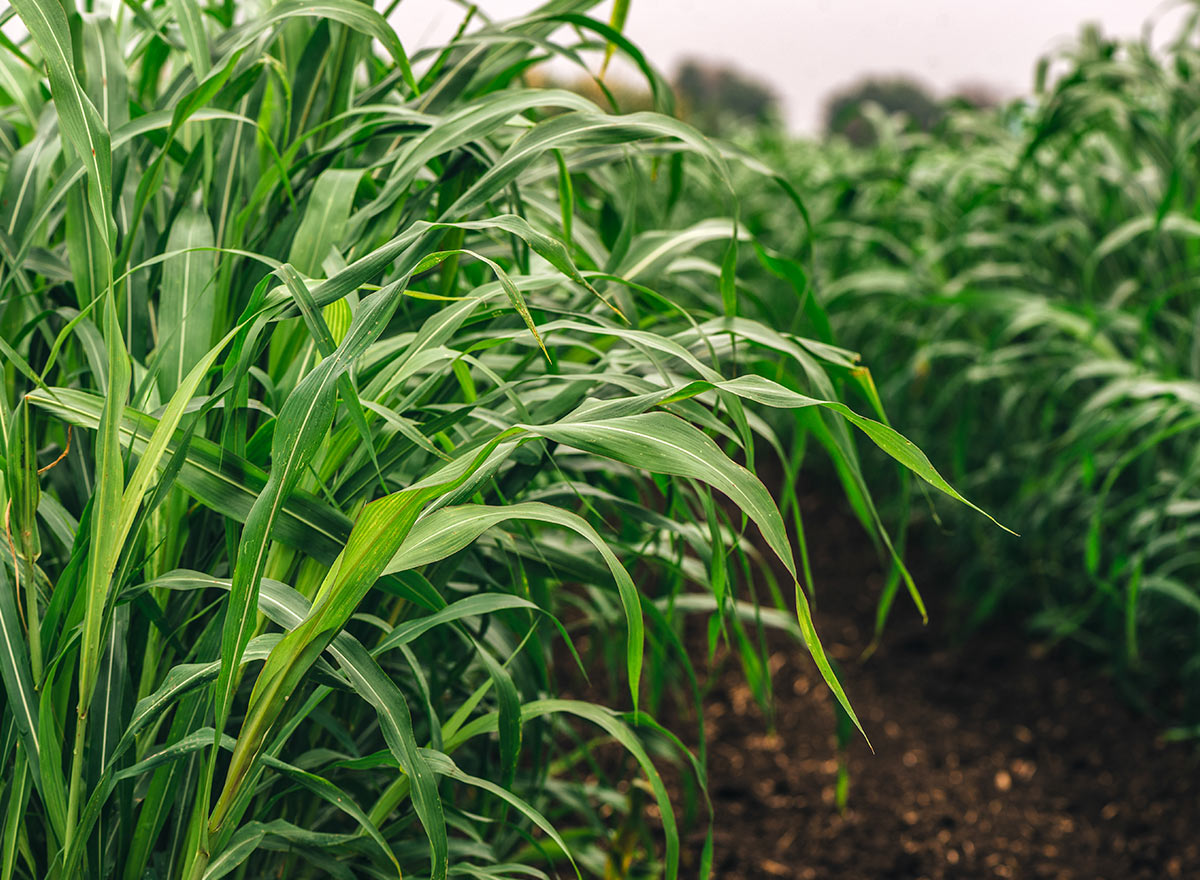
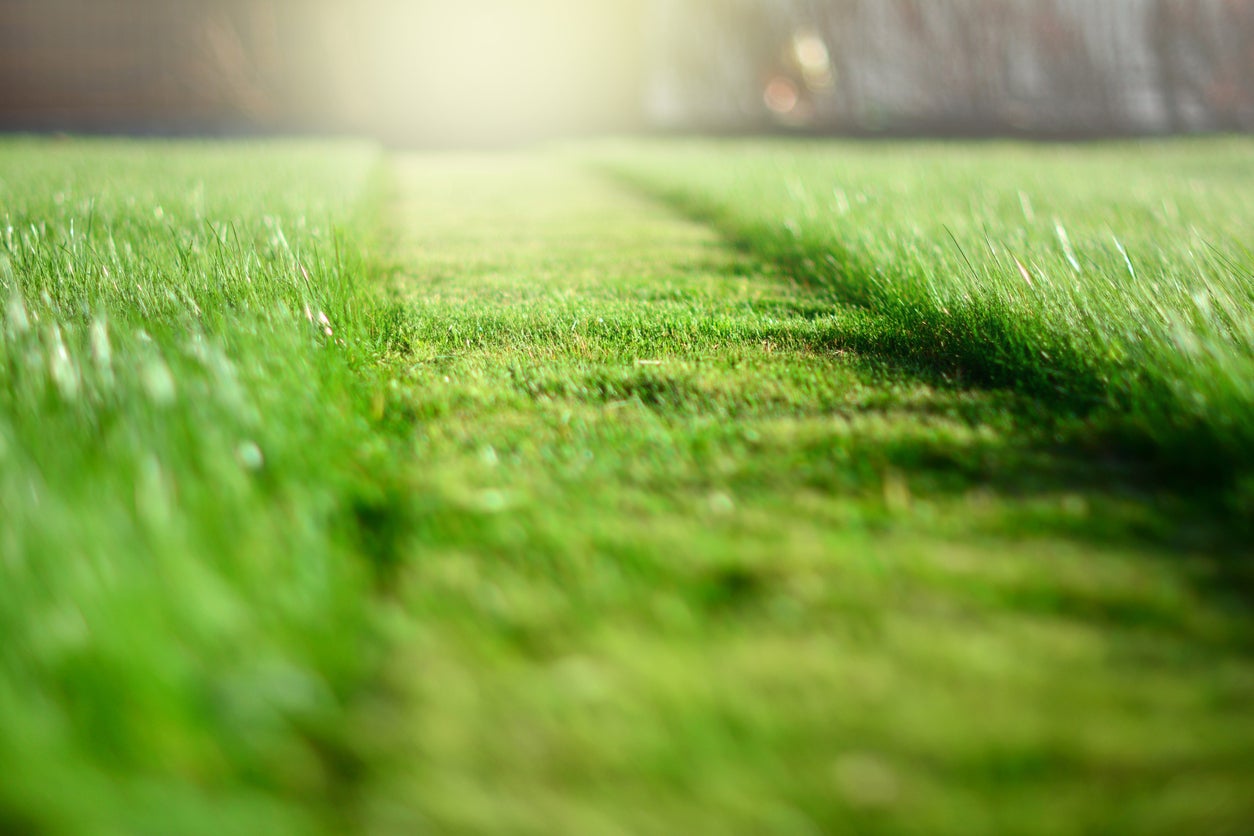
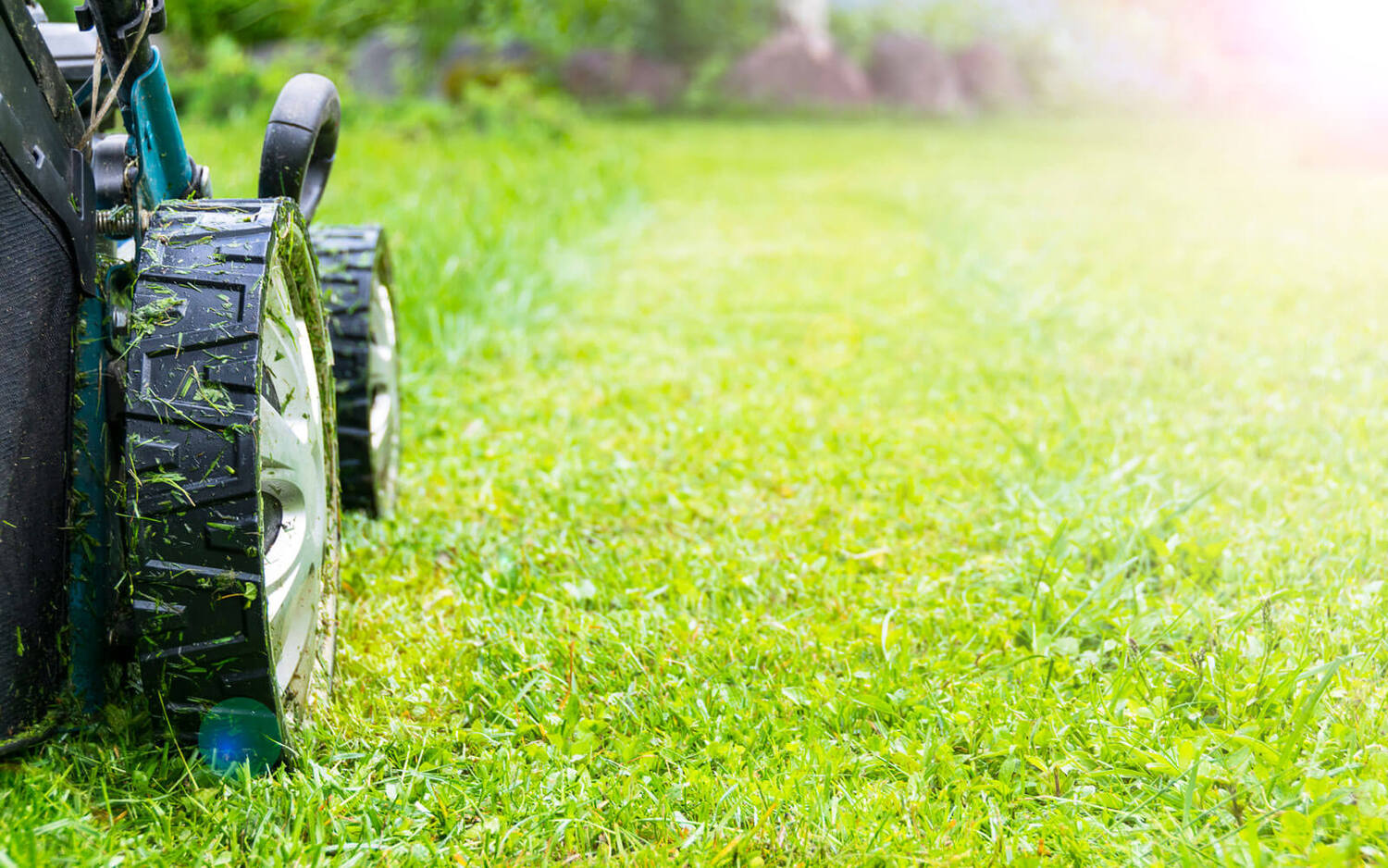
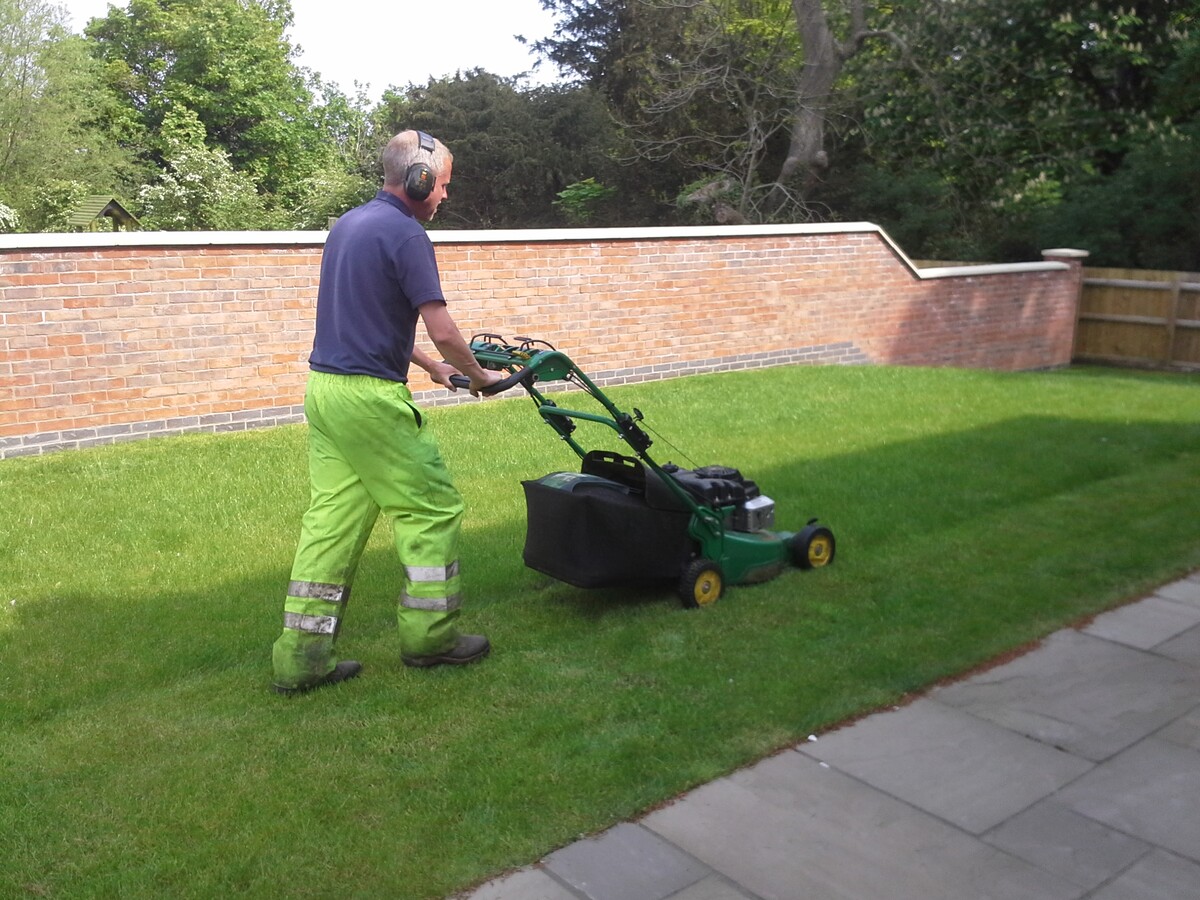
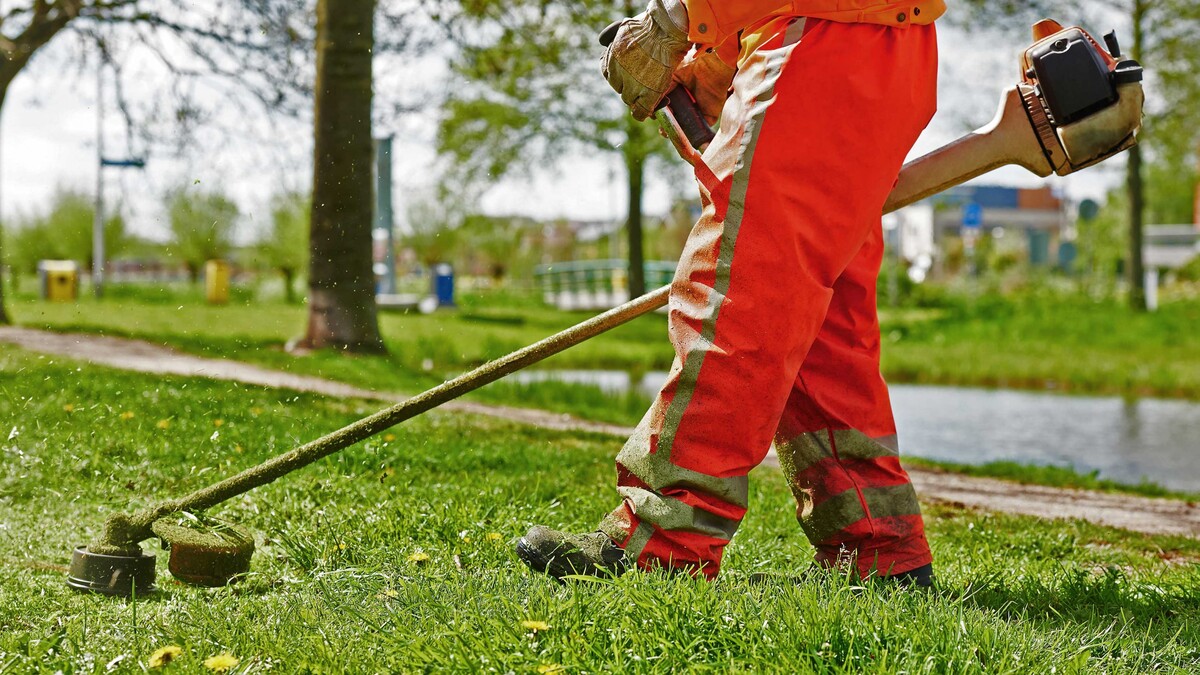
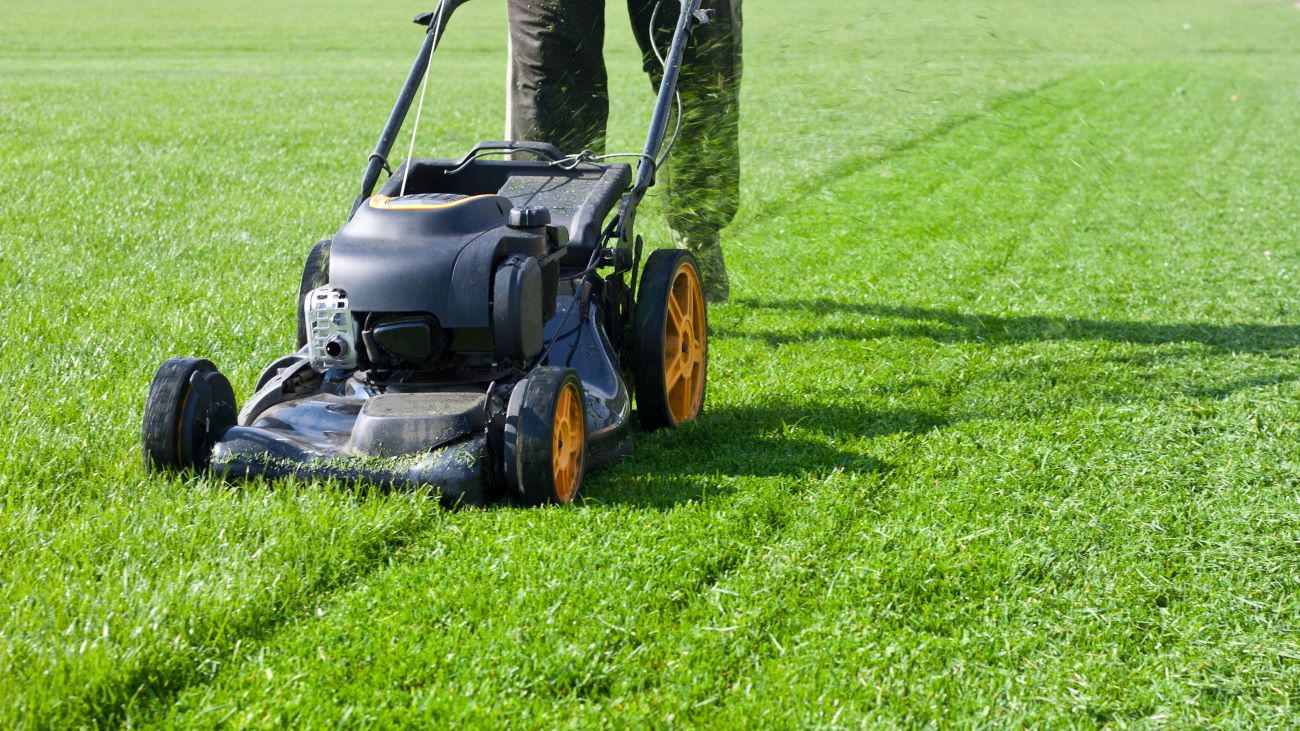

0 thoughts on “Is It Safe To Cut Grass When Wet”